Wasn’t Easter Weekend fabulous! Glorious sunny seaside weather. Who’d have thought a few days after going for a paddle you’d need a paddle just to get about.
On Friday 26th April I stood in the car park next to the Moston Fairway Nature Reserve wondering what on earth I was doing there. It was bucketing down, blowing a gale and freezing cold.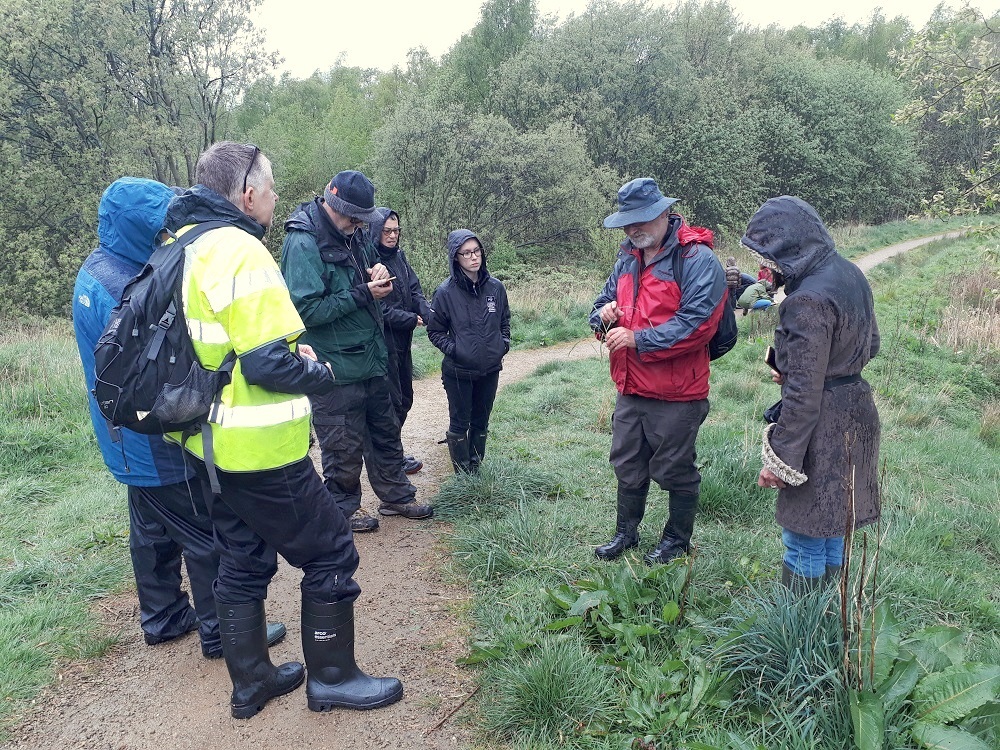 The group, believe it or not there were others, were wellied and sporting water proofs and seemed oblivious to the rain. We huddled around while Martyn Walker, the man in the know about plants, like this guy really knew his ribworts from his ramsons, gave us a bit of history about the reserve. It was once a busy and industrious railway siding but is now transformed into an inner city haven for wildlife.
The group, believe it or not there were others, were wellied and sporting water proofs and seemed oblivious to the rain. We huddled around while Martyn Walker, the man in the know about plants, like this guy really knew his ribworts from his ramsons, gave us a bit of history about the reserve. It was once a busy and industrious railway siding but is now transformed into an inner city haven for wildlife.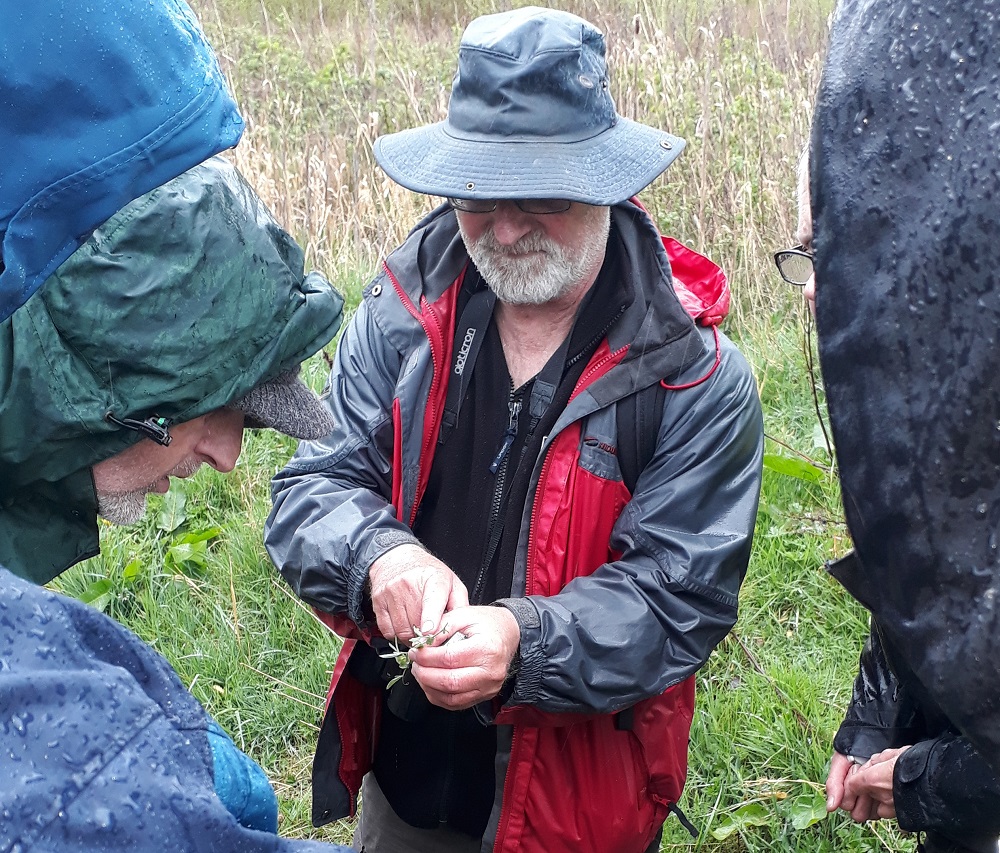 Martyn doing his stuff
Martyn doing his stuff
Hilary Wood, from the Lancashire Wildlife Trust, thanked us all for turning out on such an inclement afternoon. Then we set off down the path heading for the marsh area of the reserve first.
I should explain why we were there; it wasn’t just for the fresh air. We were taking part in a Global, that’s all the world, City Nature Challenge; competing to make as many observations of nature and find the most species.
To be fair, I’m clueless. I know the difference between a rose and rodent but I can’t remember the names of my fellow humans never mind rare plants.
We’d been asked to download an app onto our mobile phones beforehand. A young lady from the trust helped me out and explained the obvious. Easy – you find a plant, bug, bird, butterfly etc., get close, choose ‘new photo’, aim and click. The app saves the picture, helps match it to a species and pinpoints the location – techno magic!
… and I was off. A dodgy leg (I broke it last year) left me keeping to stable ground so when the group wandered onto the marsh I kept to the path. Two hours flew by, the wind and rain kept coming but we hardly noticed.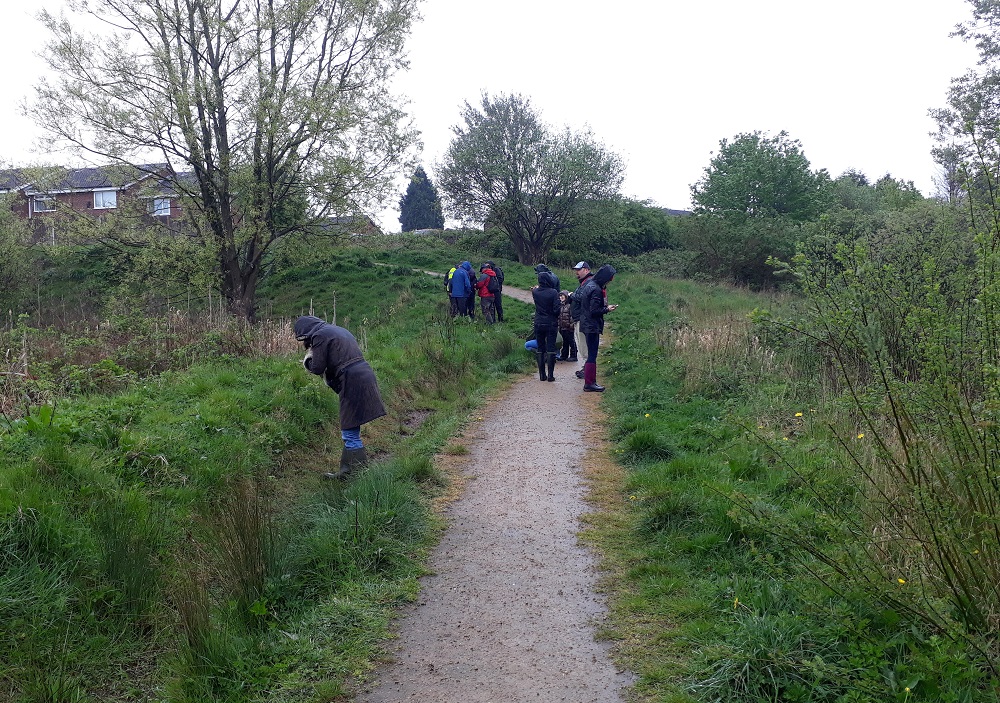 Moston Fairway Nature Reserve is a naturalist haven. A mixture of grassland, marsh and woodland, with a diverse range of plant and animal life. It’s unique in Manchester and therefore very special. It forms part of the Moston Brook Corridor; four areas of green space right on our doorstep. Open all year round and free.
Moston Fairway Nature Reserve is a naturalist haven. A mixture of grassland, marsh and woodland, with a diverse range of plant and animal life. It’s unique in Manchester and therefore very special. It forms part of the Moston Brook Corridor; four areas of green space right on our doorstep. Open all year round and free.
At home, my soaking clothes went straight into the washing machine and, hot brew in hand, I got clued up about the City Nature Challenge. This quote from their website sums it up…
There is nature all around us, even in our cities! Knowing what species are in our city and where they are helps us study and protect them, but the ONLY way to do that is by all of us – scientists, land managers, and the community – working together to find and document the nature in our area.
By participating in the City Nature Challenge, not only do you learn more about your local nature, but you can also make your city a better place – for you and other species!
The challenge takes place over 4 days. I was totally hooked on the iNaturalist app anyway so I carried on taking snaps all weekend and the weather even picked up.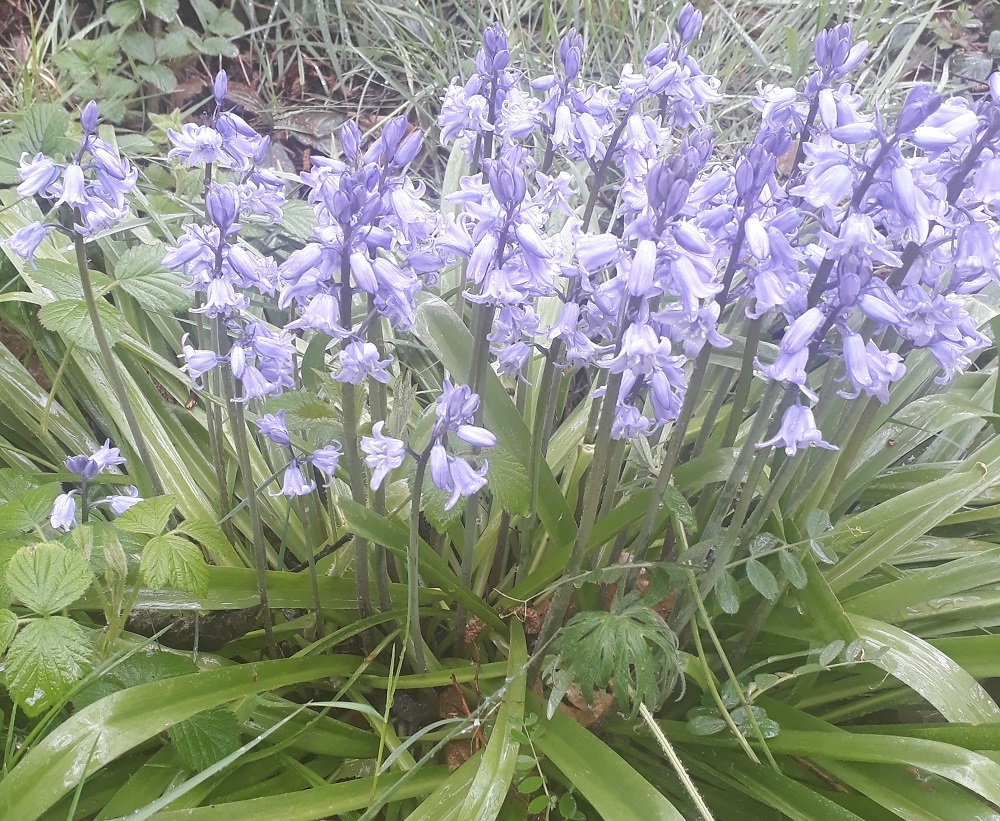 My favourite shot…
My favourite shot…
If you missed the event, don’t worry, you can take part in Lancashire Wildlife’s Trust brand new initiative “My Wild City – reconnecting people and wildlife in Manchester”. Click here for the details and have your say.
Also, feel free to take a look at the iNaturalist webpage for other projects.
Or just take a stroll around Moston Brook Green Corridor, relax and enjoy the space. Up-coming events around the brook can be found on their Facebook friends page.
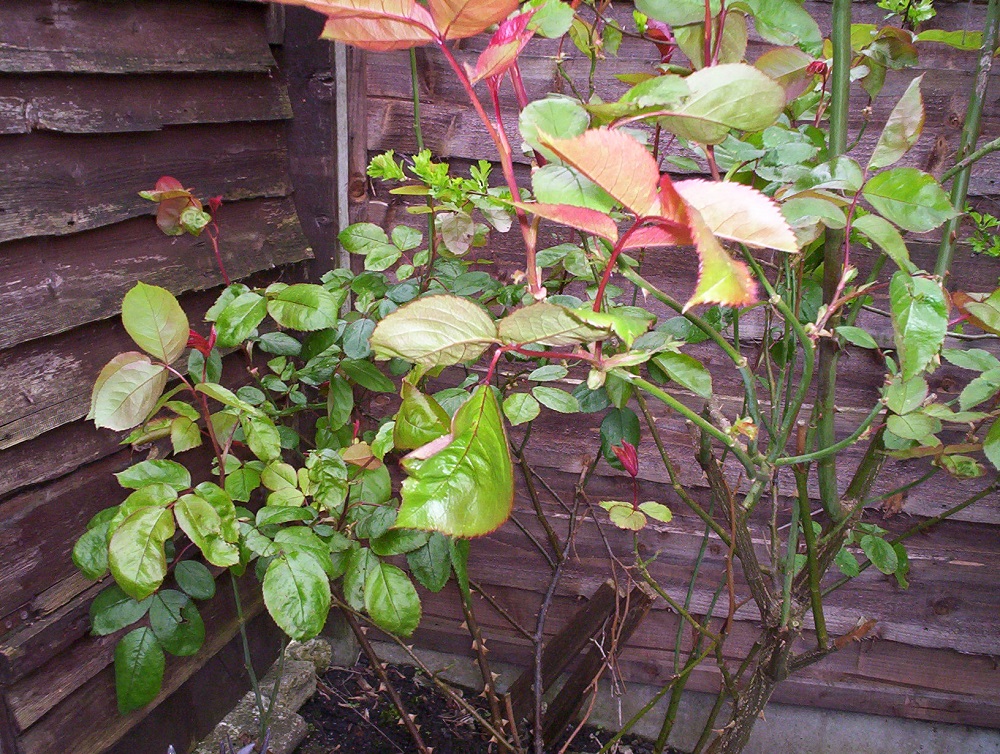 I then watered it once a week for 6-7 weeks with the solution. Once it was obvious the rose was free of any infection I reduced the treatment to every 2-3 weeks. The rose looked very healthy and seemed to thrive on the Campden tablets. As autumn arrived I stopped.
I then watered it once a week for 6-7 weeks with the solution. Once it was obvious the rose was free of any infection I reduced the treatment to every 2-3 weeks. The rose looked very healthy and seemed to thrive on the Campden tablets. As autumn arrived I stopped.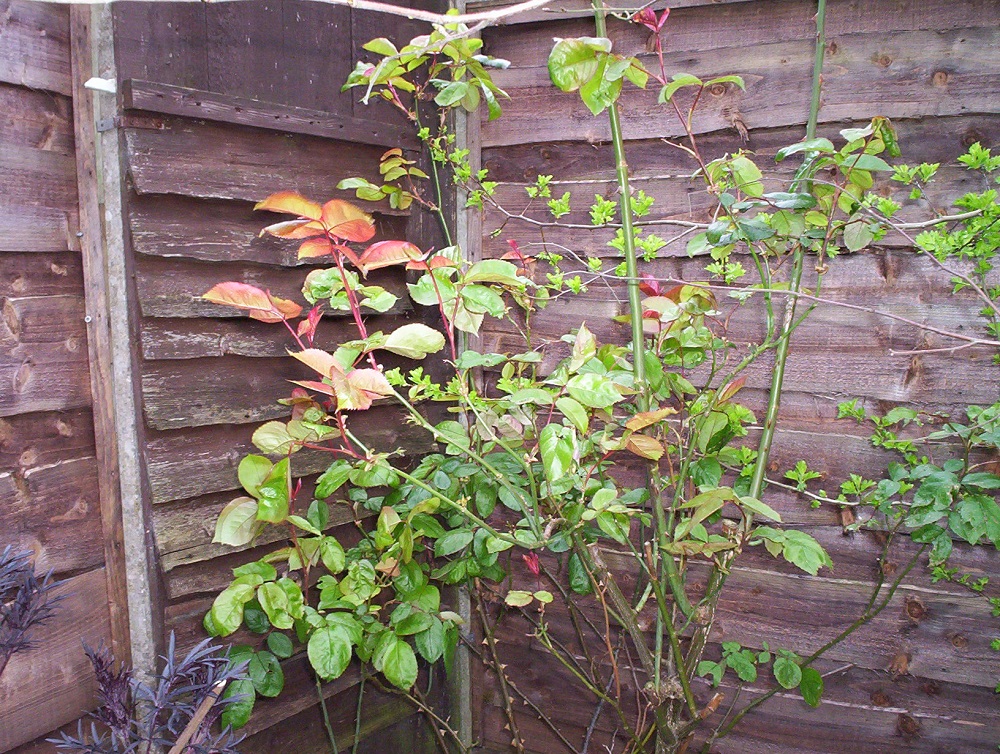 Throughout 2018 the rose remained clear of black spot. I did the same again in February of this year, (2019) and I will keep up the same routine as before. You can see from the pictures the rose looks healthy.
Throughout 2018 the rose remained clear of black spot. I did the same again in February of this year, (2019) and I will keep up the same routine as before. You can see from the pictures the rose looks healthy. A healthy rose in full bloom – what’s not to like?
A healthy rose in full bloom – what’s not to like?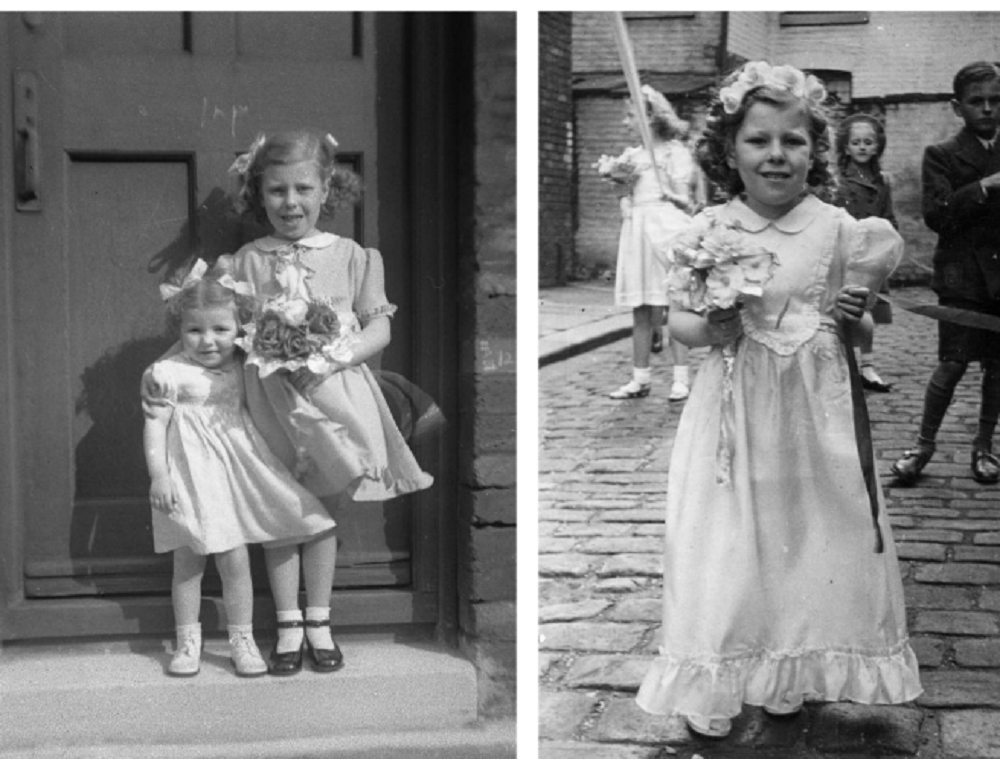 May Day and Whitsun required the best dresses; perhaps the proceeds from Molly Dancing helped. Photo provided by Alan Hampson
May Day and Whitsun required the best dresses; perhaps the proceeds from Molly Dancing helped. Photo provided by Alan Hampson